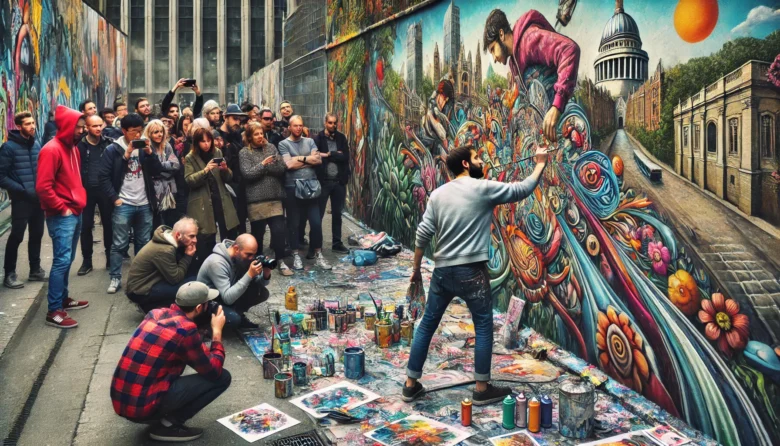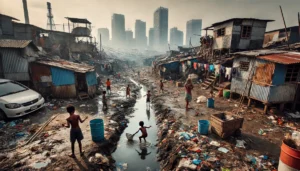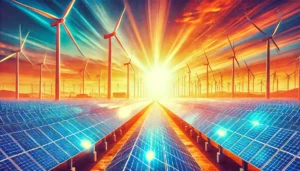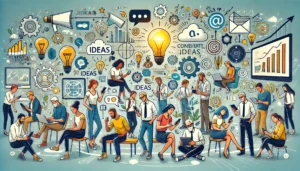Have you ever walked down a bustling street in India and noticed a vibrant mural or thought-provoking graffiti? These colorful expressions are more than just eye-catching visuals; they reflect the social dynamics of street art and graffiti culture. This blog dives into the fascinating world of street art in India, exploring its impact on society, its origins, and what it means for our urban landscapes.
Street art originated as a form of rebellion and self-expression in the 1960s and 1970s, primarily in urban areas of the United States and Europe. It began with graffiti tags and evolved into intricate murals, becoming a powerful medium for artists to voice their opinions on social and political issues.
The Evolution of Street Art in India
Street art and graffiti have a rich history worldwide, but their journey in India is uniquely compelling. What started as a form of rebellion and self-expression has now evolved into a recognized art form, celebrated in urban spaces from Mumbai to Delhi. Street art in India often carries powerful messages, addressing social, political, and environmental issues.
The Cultural Impact of Street Art
Street art is a unifying force in a country as diverse as India. It bridges gaps between communities, bringing together people from various backgrounds to appreciate a shared cultural expression. Artists like Daku, who uses light and shadow to create compelling graffiti, or Shilo Shiv Suleman, known for her magical realism murals, have become cultural icons.
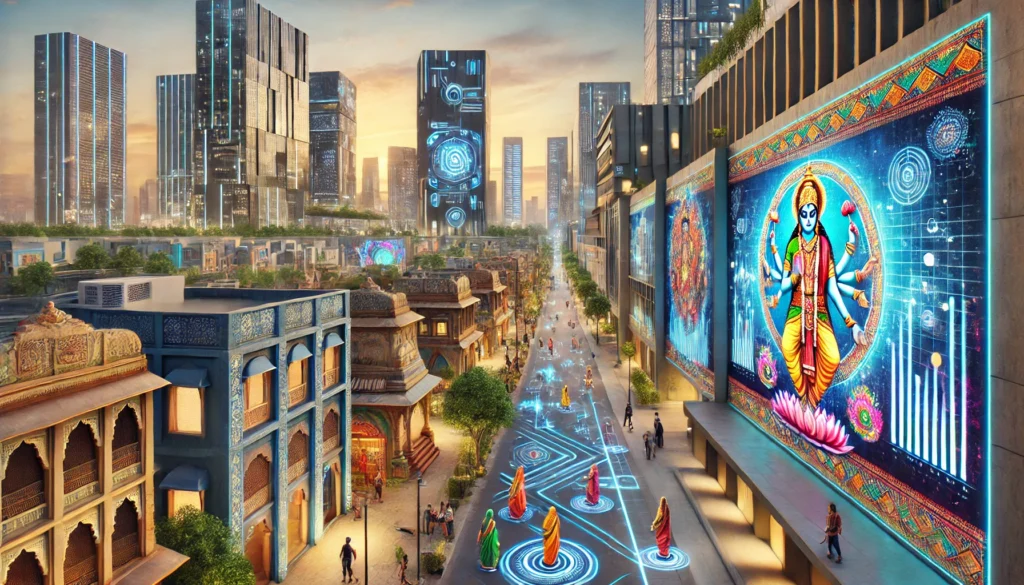
Street art in India often reflects the country’s rich heritage. For instance, the walls of Lodhi Colony in Delhi have been transformed into a public art gallery featuring murals that depict everything from folklore to contemporary social issues.
Street Art as a Voice for the Voiceless
One of the most potent aspects of street art is its ability to give a voice to marginalized communities. In cities like Mumbai, street art has been used to highlight the struggles of slum dwellers and the LGBTQ+ community. These pieces beautify the urban environment, provoke thought, and inspire change.
The Role of Technology in Street Art
With the advent of technology, street art has taken on new dimensions. Augmented Reality (AR) and digital installations are becoming increasingly popular, allowing artists to create interactive experiences. Projects like the St+art India Foundation’s festivals have embraced technology, merging traditional art forms with modern innovations.
The Challenges Faced by Street Artists
Despite its growing popularity, street art in India has its challenges. Artists often face legal issues, as graffiti is still considered vandalism in many areas. Additionally, there is a constant battle against the elements, as weather can quickly deteriorate these beautiful artworks. However, the resilience of street artists is commendable as they continue to create, inspire, and transform urban spaces.
Street Art Festivals: A Celebration of Urban Art
Street art festivals have become a significant part of urban culture in India. Events like the Mumbai Urban Art Festival and the Delhi Street Art Festival celebrate this vibrant expression, bringing together local and international artists. These festivals showcase stunning artwork and offer workshops, talks, and guided tours, fostering a deeper appreciation for street art.
The Future of Street Art in India
As street art continues to evolve, its future in India looks promising. With more acceptance and recognition, it has the potential to become a permanent fixture in urban planning. Imagine cities where every wall tells a story, where art and life seamlessly blend to create a vibrant, dynamic environment.
Conclusion
The social dynamics of street art and graffiti culture in India are as complex as they are captivating. Street art has evolved from rebellious beginnings to a widely celebrated art form, continuously shaping and reflecting our society. As we move forward, let’s embrace this colorful revolution, appreciating the stories it tells and the changes it inspires.
Author’s Note
Thank you for taking the time to explore the vibrant world of street art in India with me. As someone deeply passionate about urban art, I hope this blog has inspired you to see your city in a new light. If you enjoyed this read, share it with friends and family, and let’s continue the conversation about the incredible impact of street art.
G.C., Ecosociosphere contributor.

